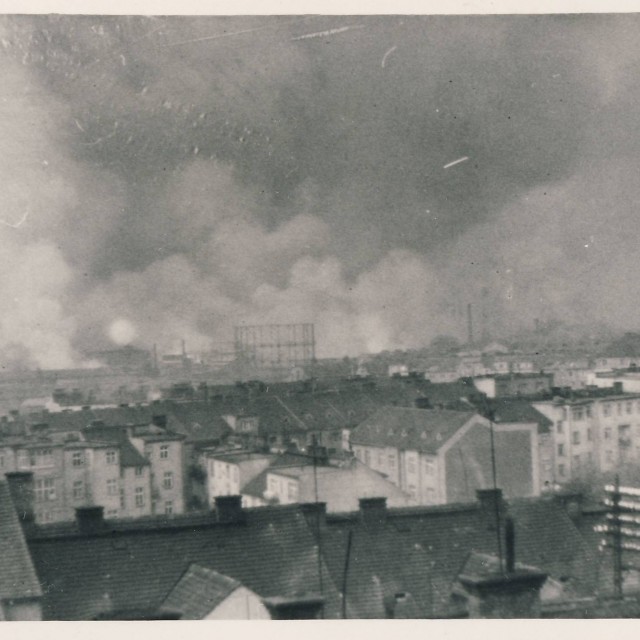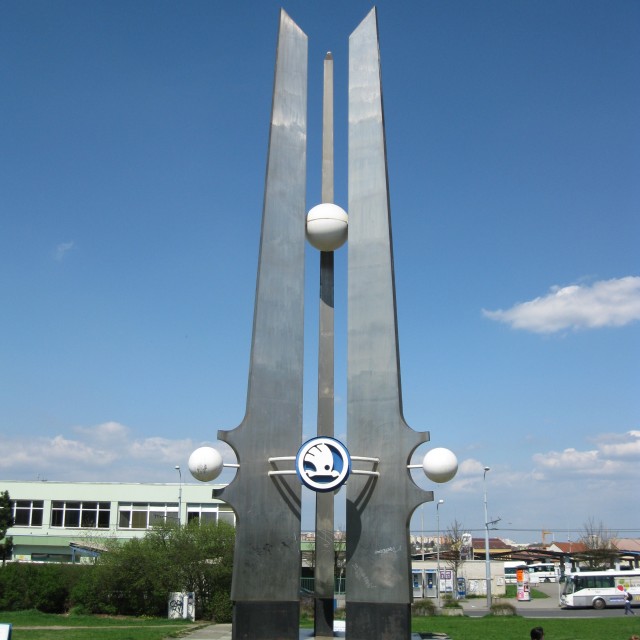Fog – the Germans’ aerial defence
During World War 2, the Pilsen Škoda factory served as an arms facility for the Third Reich, and thus it became a prime target for Allied bombing. The Germans protected themselves against the bombing runs in various ways. Active defence included flak (anti-air cannons), which were deployed around the factory and the city (e.g. on the roof of the Škoda Research Institute on Huss Square, or on the hill in Litice) and which shot at incoming aircraft. Passive protection was based on masking the facility and confusing the pilots. The Germans built a wooden dummy of the Škoda Works near the village of Vochov to deceive pilots. Another defensive tool was a fog-making machine, which produced fog over the factory so that the bombers had trouble aiming properly. As a boy, Richard Smola used to go play in the old Goldscheidrovka brickyard, which stood close to the Škoda Works. He remembers that there were great big barrels placed there with a sign saying Nebelsäure – fog acid. During an air raid, the Germans would start up the machine and create an artificial fog which covered the factory. The vapour did not consist of water, however, but rather a weak acid – it was for this reason that the “fog” pinched the children’s skin and left tiny holes in their clothes.
Hodnocení
Hodnotilo 0 lidí
Trasy
Komentáře
Žádné komentáře k příběhu.



